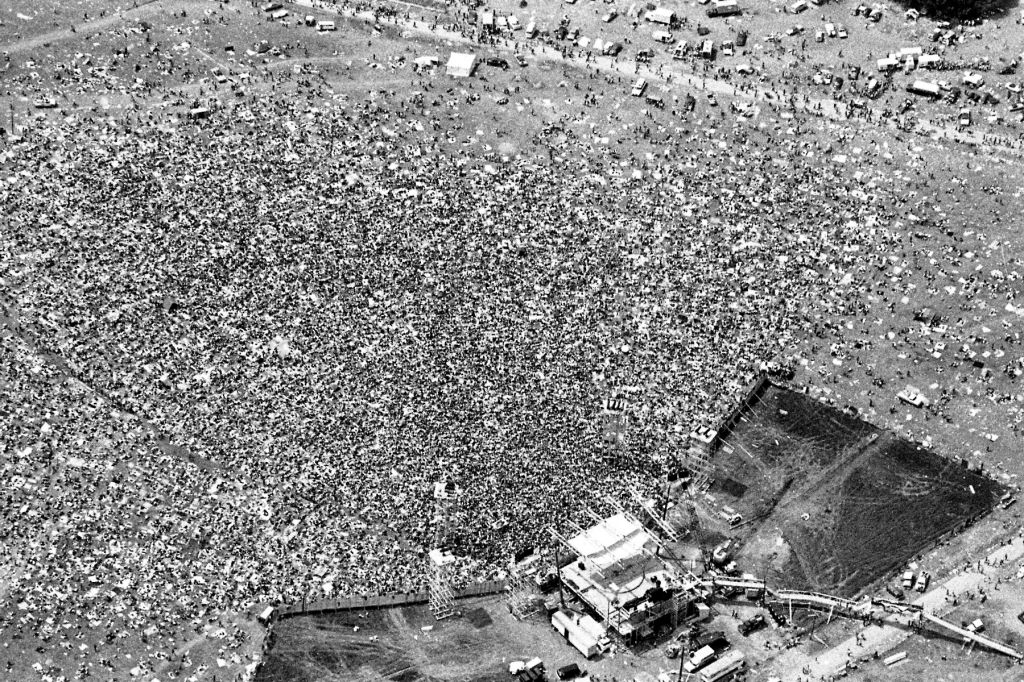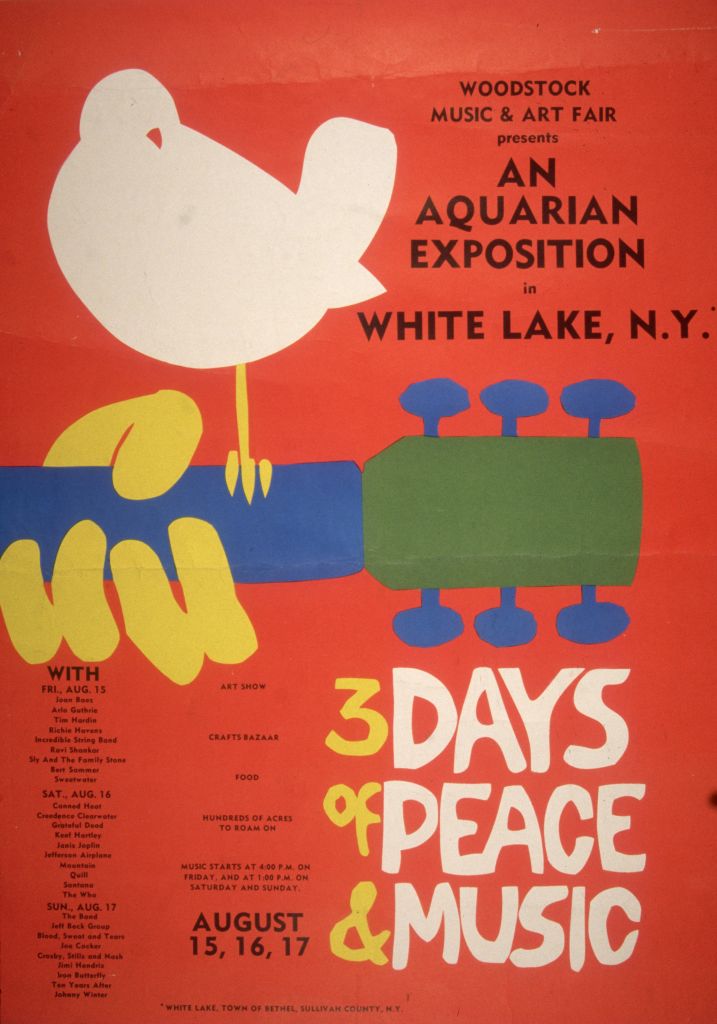August 15, 1969 – Woodstock Changed The World

Today marks the anniversary of the first day of Woodstock, the legendary 1969 music festival that grew to nearly 500,000 attendees through nothing more than word of mouth, radio, and underground buzz.
At its core, Woodstock was a miracle of organic momentum. It wasn’t the product of social media algorithms or influencer hype. Tickets were sold mostly in New York-area record stores or through mail order. Two months before the event, most New Yorkers had no clue what was coming. In the end, half a million people showed up. Most didn’t even have a ticket. They showed up and were let in because it was bigger than making money. It was a cultural phenomenon.
One attendee’s postcard from the field described camping in mud, strangers sharing resources, and liberation in the chaos. Media initially called it a “disaster in the making”, headlines warned of traffic nightmares and “hippies mired in mud.” But by the end, the story had changed. A reporter reflected, “It was one of the most remarkable gatherings of people with a common vision.”
Love. Peace. Music.

Today, we share via TikTok, Instagram, and trending hashtags. Information hits us from a thousand directions, often micro-targeted and scrambled. That’s why a shared, word-of-mouth miracle like the original Woodstock feels almost mythical now. As music scholar Steve Waksman put it, the anniversary “is an opportunity to think about how music can create a sense of collective purpose.”
In our curated, click-driven era, the simple magic of everyone hearing about something and showing up together is a memory worth celebrating in and of itself.
I don’t know if we will ever have a Woodstock or Live Aid type moment again, but I still hope and dream that someday we do.
Doug O’Brien







